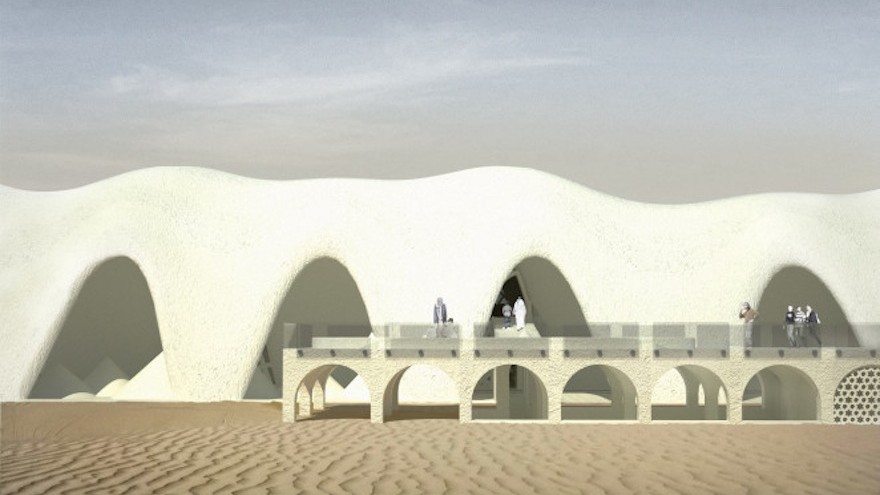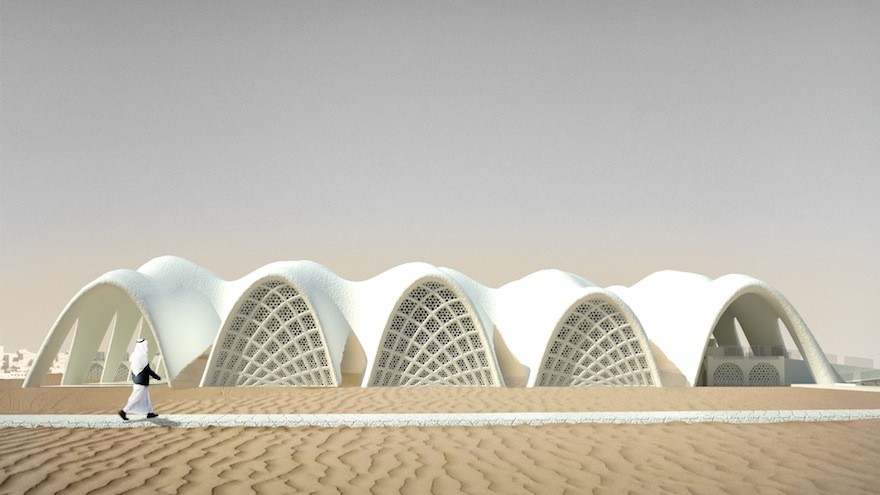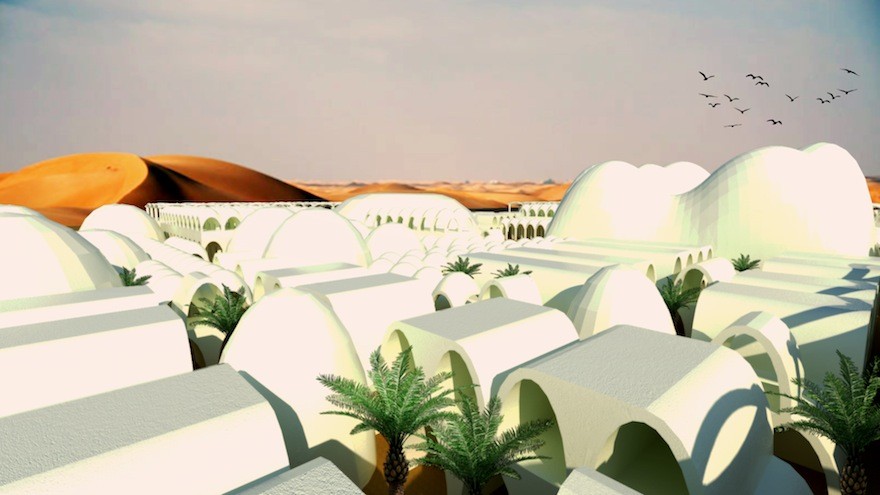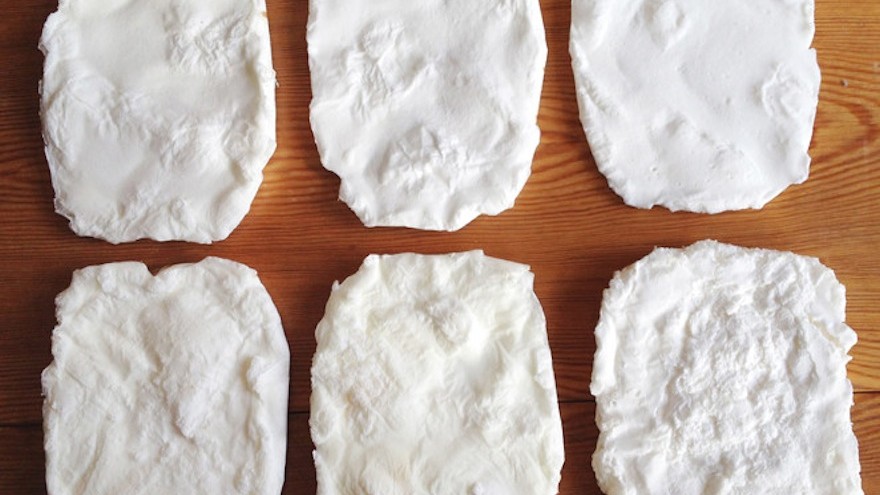Eric Geboers is on a one-man mission to change the world through sustainable innovation, and he’s starting with a sea salt city in the desert. The Salt Project is already earning the TU Delft architecture graduate recognition and awards, including first prize for A*Star’s Science of Future Cities competition and a nomination for Archprix 2016.
The Salt Project is Geboers’ response to the global desertification problem, which - according to the United Nations - continues to worsen with 12 million hectares of land lost to desertification and drought every year. This means less space for the agricultural land needed to feed the world’s ever-expanding population.
At the heart of The Salt Project is the building block made out of compressed salt. After a testing phase, the new building material proved to be as solid as other vernacular materials such as rammed earth or masonry. Like these materials, the salt bricks are strong in compression, which means they are more suited to rounded, arched or domed structures.
The project doesn’t just begin and end with the architecture; the production and maintenance of the salt involves creating a whole new ecosystem in dryland areas. The process would mean pumping up seawater through a solar-powered pipe system, to Seawater Greenhouses set up in a desert location. Here, the salt water is separated into salt and fresh water, which is used for produce.
The salt factory was designed as a showcase of the salt material’s architectural possibilities, but more importantly, it is the site where the building material is created and distributed to construction sites. The factory forms part of an expansion plan for Qatar’s newest planned city, Lusail.
The main objective of The Salt Project in Lusail is to create a self-sufficient community of salt towns that can develop salt material infrastructures and use the greenhouses as a space to grow native vegetation.
From an architectural standpoint, the translucency of the salt material gives way to interesting silhouettes and the bright white colour helps reflect the sunlight in extreme desert temperatures. To counter the salt dissolving in water, Geboers is adding a protective coating to the blocks and currently looking into bio-based coatings.









